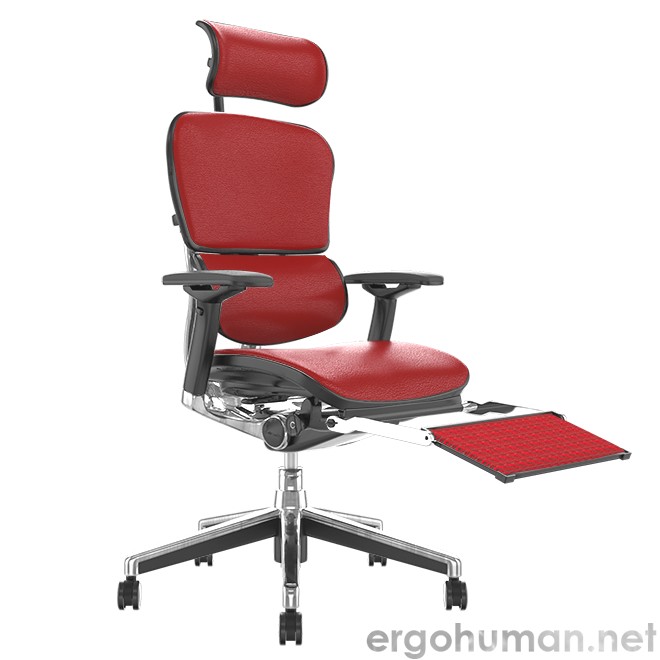How office desks have changed! This doesn’t necessarily mean that there was anything wrong with the desks of yesterday: it’s more a case of progression.
In our parents’ and grandparents’ times, office work involved lots of paper. If your job involved looking at plans, accounts or any responsibility where you needed to address more than one sheet of paper or book at a time, you needed space. Desks were long and wide, to accommodate such needs. RSI (repetitive strain injury), tenosynyvitis and carpal tunnel syndrome weren’t such an issue and the desk didn’t need an’under’ desk, for that all-important keyboard. So, a desk was basically a table with drawers.
Today, in an age when we are supposed to be using less paper, we need space for the computer and all of its necessary accessories. Quite often, the desks are without storage space and free-standing pedestals have replaced the earlier fixed drawers.
Chairs, on the other hand, have changed big-style. No longer just addressing somewhere to sit, they take the human frame into account. Though these chairs will be more expensive than the ordinary chair used before, they work towards preventing or addressing some health issues. In a working world where huge amounts of sickness carry the label of ‘bad back’, doesn’t it make sense to address suitable seating needs? It could prove to be a lot cheaper than losing contracts or having to hire temporary staff as a result of those prolonged absences, don’t you think?
Office chairs now often come on casters and one great advantage of these wheels is that people are less likely to use the chairs as stepladders. Today’s working environment is one of risk assessments, assessing hazards and trying to make employees take responsibility for their own health, rather than letting it fall on the shoulders of the unsuspecting employer, who can’t be around all the time.
Comfort when working is so important. If you’ve ever had to sit on a bus for a long journey, you’ll know just how uncomfortable prolonged sitting can be. Many employees sit for four or five hours without leaving their seats, resulting in bad backs, trapped nerves and related internal illnesses, caused by sitting in a cramped position which affects your blood circulation and squashes your vital organs ( kidneys, stomach etc.).
A good ergonomic chair will be adjustable and it will offer lumbar support, which will prevent or help reduce back pain. Each individual will need a different level of adjustment but all will need back support. When you go looking for a chair, make sure you check the chair specifications: how can this chair be adjusted to meet your body frame, weight and job needs? A chair may be only a piece of furniture but a good ergonomic office chair will fit you like a glove, protecting you against all unpleasant conditions







